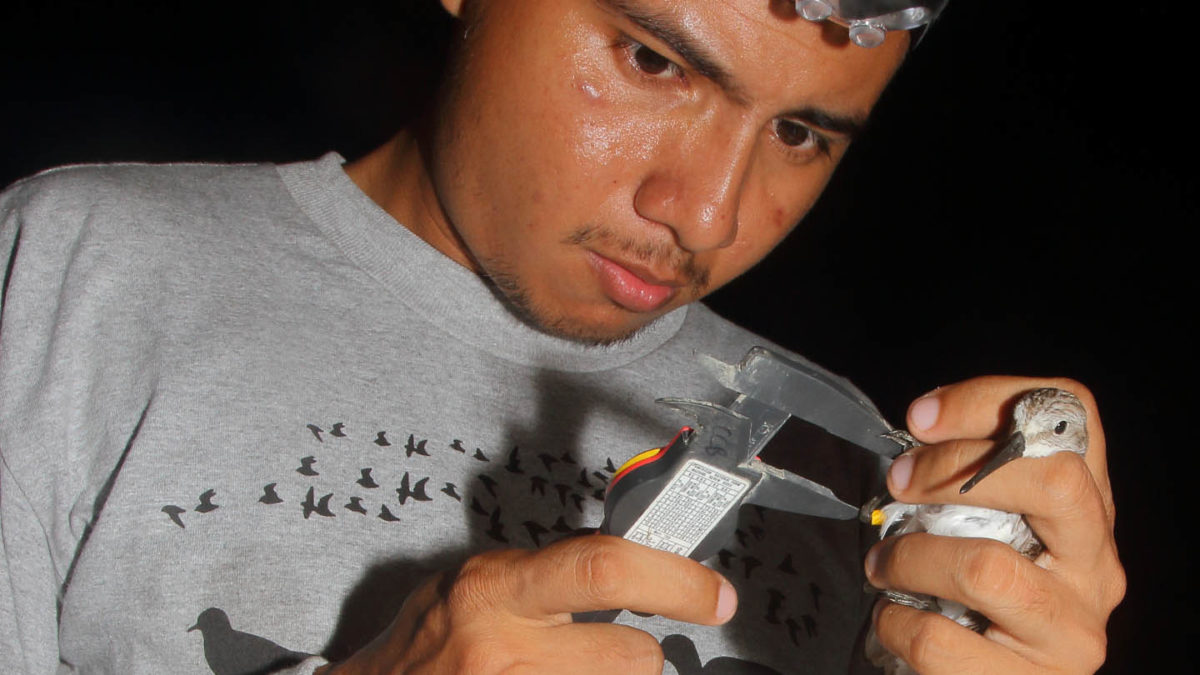Building Local Capacity in Panama

Social distancing in birds
April 1, 2020
Rapid Assessment of Black Rails in South Florida
April 2, 2020By Bryan Watts
4/1/2020
For the fifth time in as many years, CCB biologists have traveled to Panama to train local biologists and volunteers on shorebird field techniques. For several days in January, Bart Paxton and Chance Hines worked to train Panama Audubon Society (PAS) staff on how to capture, handle, process, band and flag overwintering shorebirds. The effort continues the long collaboration between CCB and PAS and our commitment to build capacity for locals to work independently within one of the most significant shorebird conservation sites throughout the Western Hemisphere.
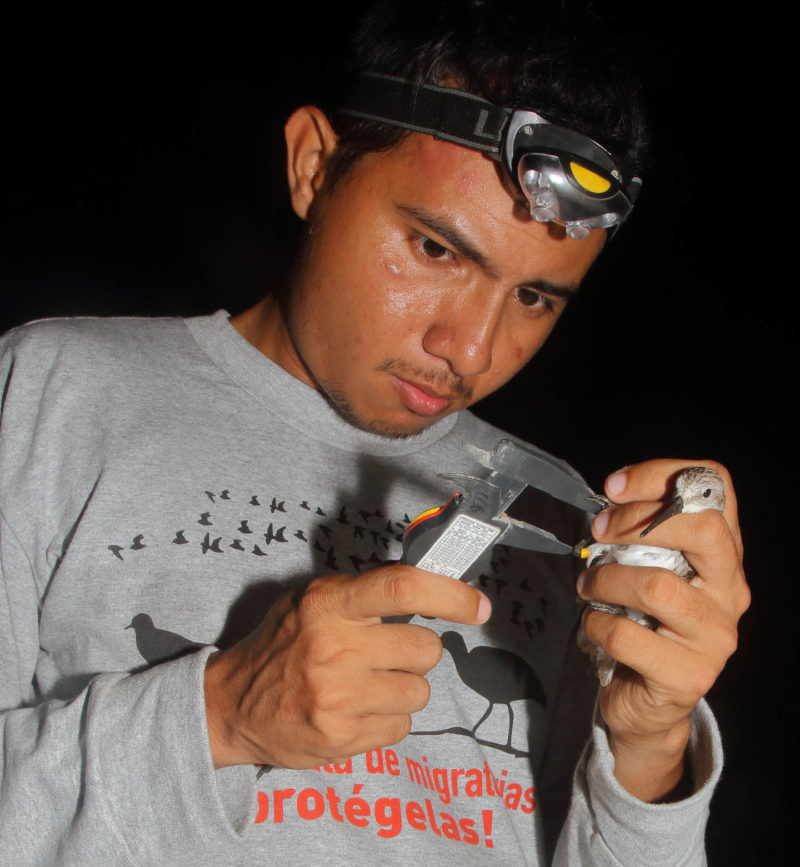
Comparable to the Copper River Delta in Alaska, the Amazon Delta in Brazil and the Bay of Fundy in Nova Scotia, the upper Bay of Panama is among the great shorebird conservation areas of the Western Hemisphere. CCB has worked here off-and-on for more than two decades to document the number of birds and to understand what role the location plays in their annual life cycle. The site is a critical staging area during both spring and fall migration and a fall molting ground. Most importantly, the upper Bay of Panama is the most significant winter home for several species.
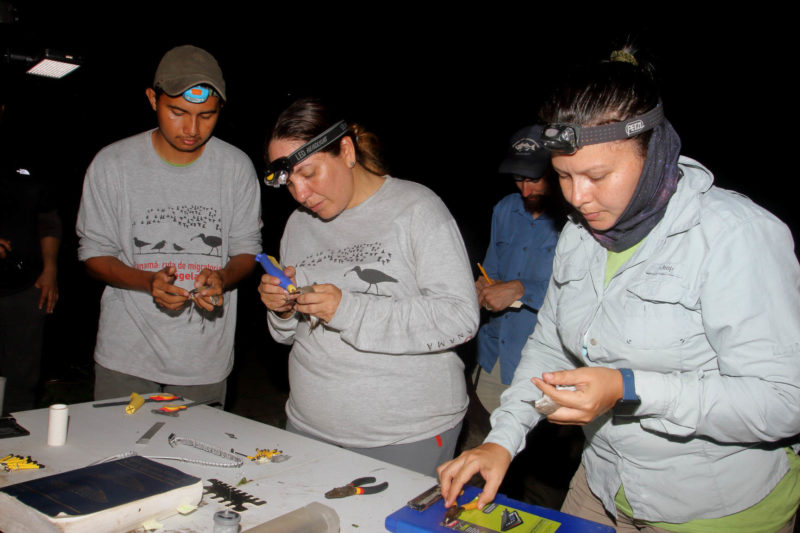
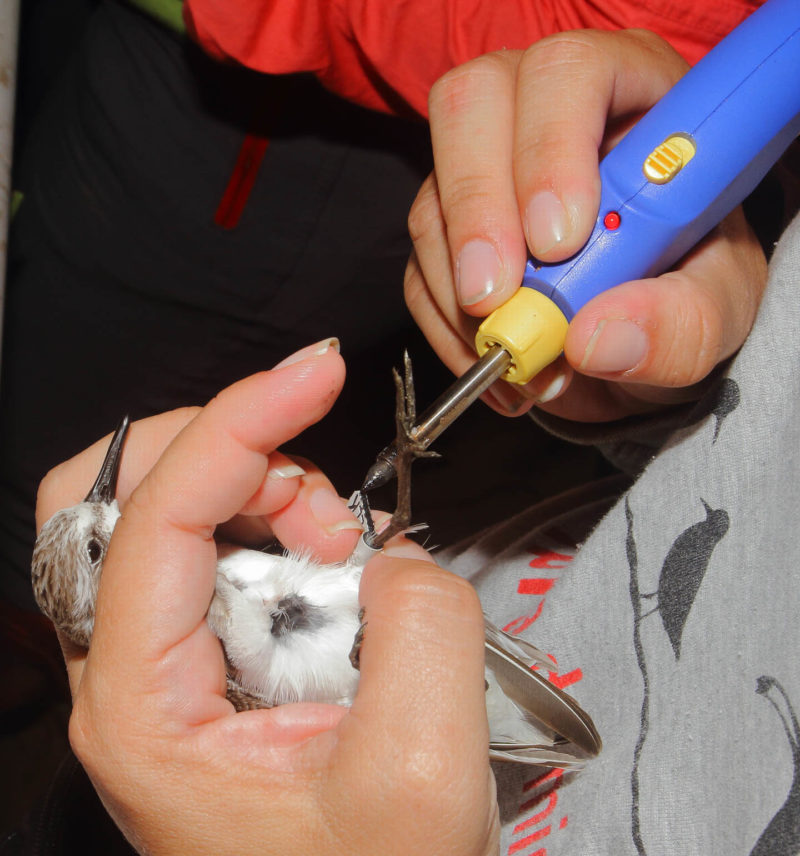
Since the fall of 1997 when CCB conducted a landmark study of waterbirds along the Pacific Coast of Panama and delineated the upper Bay as a site of global concern, PAS has transformed itself and assumed the responsibility for protecting the ecosystem on which the birds depend. Against a changing tide of government administrations, agencies, corporation and socio-economic trends, PAS has continued to champion the cause of shorebird conservation. They continue to represent the spirit of local conservation within a global venue.
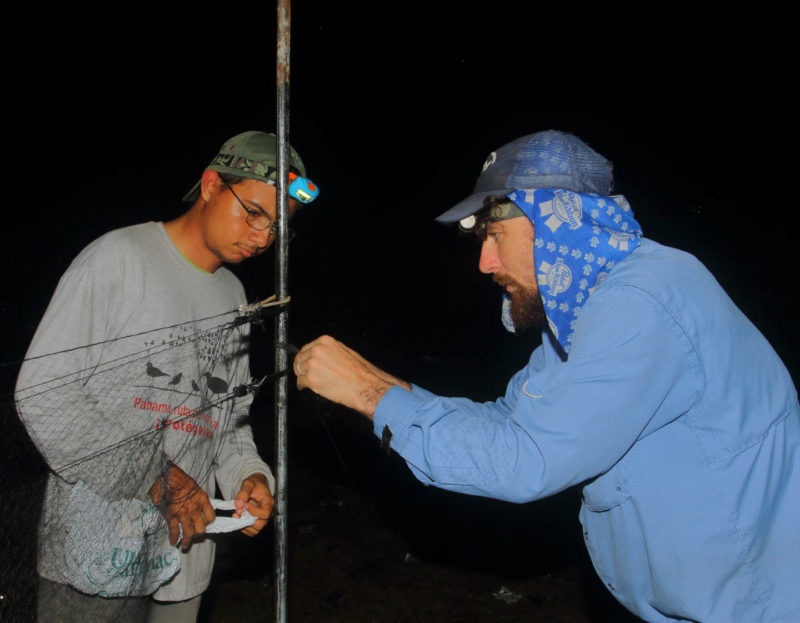
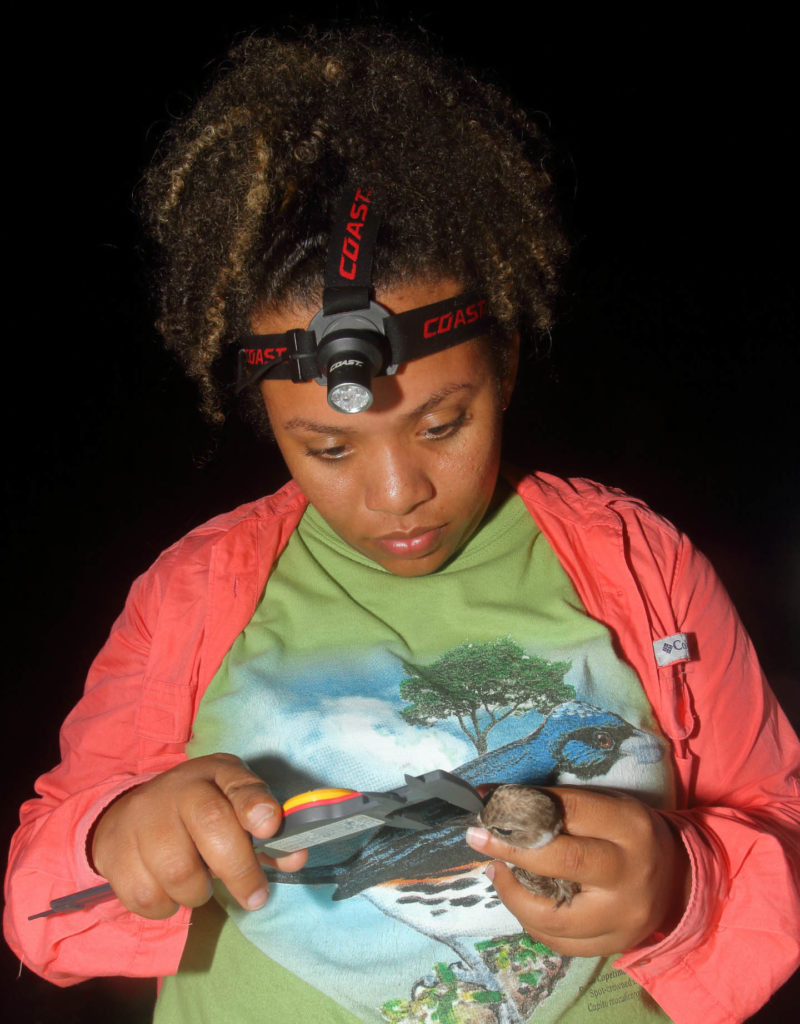
For PAS to truly embrace its critical role in the living network of sites, we must have locally based teams directly involved in research. Field techniques are foundational to the emerging research community throughout Central America. Key to the success of local groups is training and capacity building. CCB has been committed to this mission.

